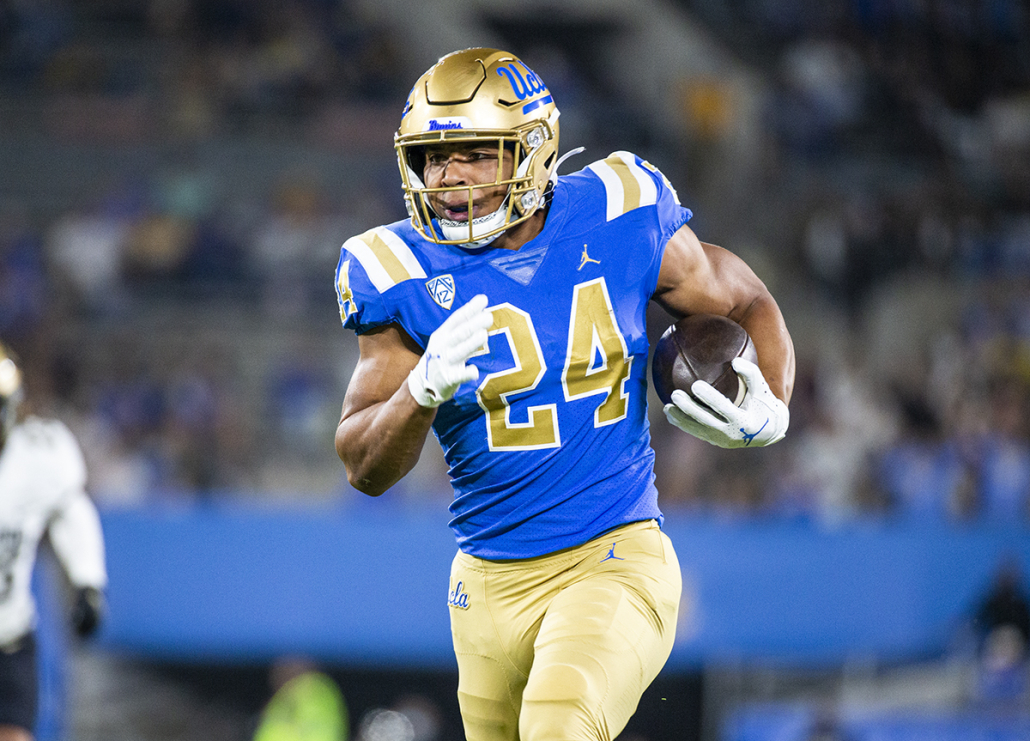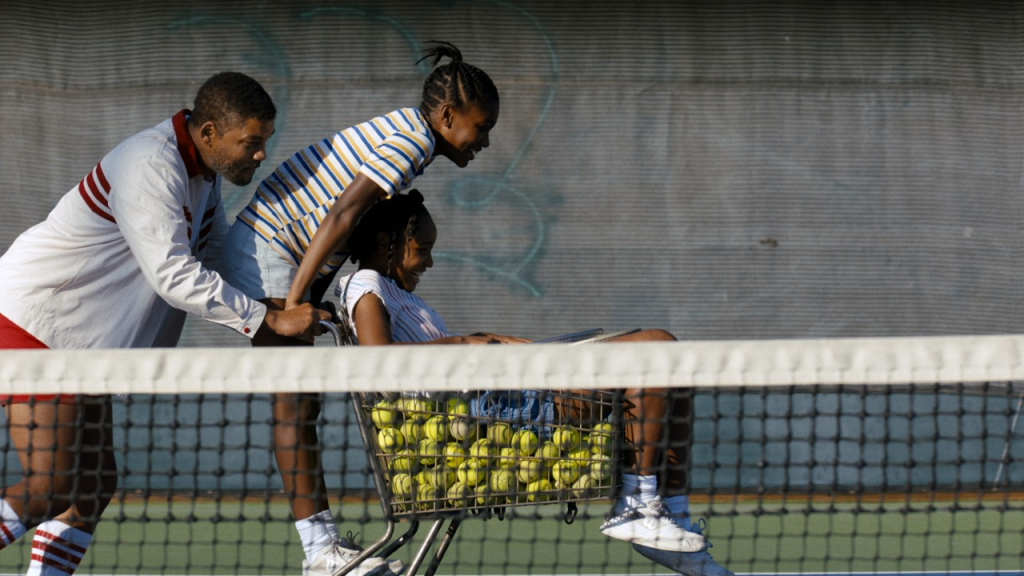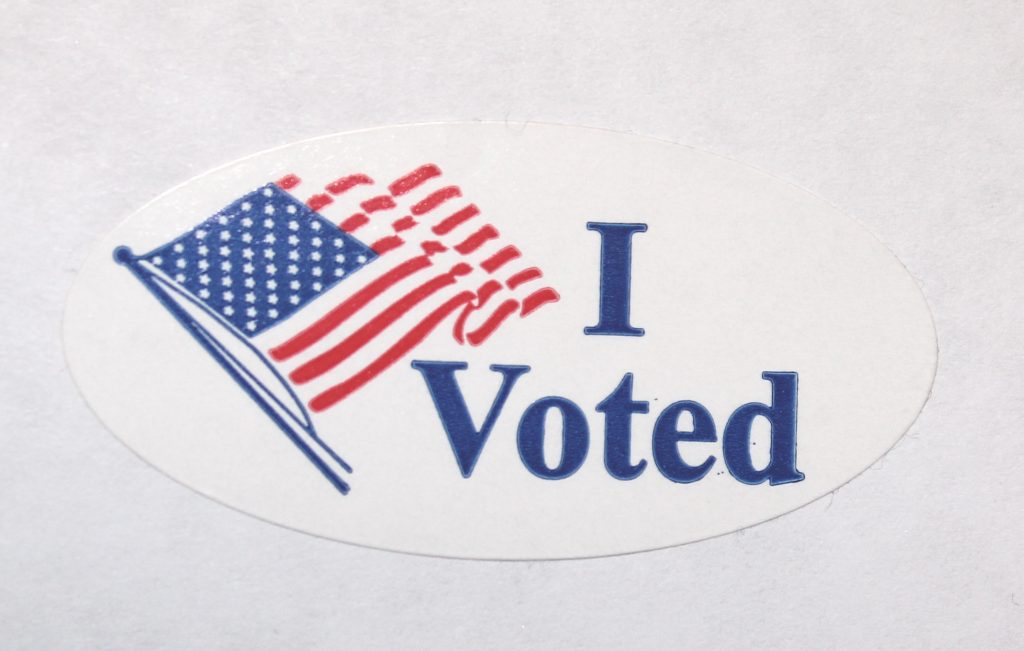
Rivalry week is upon us. As the Los Angeles Memorial Coliseum is host to the 91st edition of USC vs. UCLA, here are some key UCLA players that will be a thorn at USC’s side Saturday.
Senior quarterback Dorian Thompson-Robinson:
The senior quarterback came into UCLA’s previous matchup against Colorado nursing a thumb injury, but it didn’t look like it rattled Thompson-Robinson. He put up 257 passing yards and 98 rushing yards with a rushing touchdown.
Similar to freshman quarterback Jaxson Dart, Thompson-Robinson can flat out get it done all over the field, and it starts with his mobility. UCLA Head Coach Chip Kelly loves to draw up designed option plays for Thompson-Robinson to give the Las Vegas local a chance to make plays with his legs. USC junior linebacker Drake Jackson could put his stamp on this game by spying Thompson-Robinson from the line of scrimmage and limiting his breakout plays.
Thompson-Robinson has played as starter for the Bruins since 2018. His numbers this year haven’t lived up to his stunning sophomore season, but he’s gotten better — and smarter — as his collegiate career has progressed.
He has become more comfortable under center, navigating oncoming defenders, either firing from the pocket or breaking contain to extend plays for his offense. He possesses excellent arm strength and balance and can get the ball down the field when his offense is in need of jolt.
Despite his confidence in his arm, Thompson-Robinson does fall into the habit of keying in on receivers, allowing for defenders to read the quarterback’s eyes and make a play. Look for the Trojans’ secondary and linebackers to come away with some turnovers if they want to send the Bruins home winless.
Thompson-Robinson has shined in his two starts against USC. He’s thrown for a combined 731 yards and 7 touchdowns with 3 interceptions.
Junior running back Zach Charbonnet:
Charbonnet is dangerous as a running back because he can hurt opposing defenses in a multitude of ways. Against Colorado last week, Charbonnet had just 67 yards on 17 carries, but racked up 3 touchdowns. He seemed more in the mindset of a powerback with his longest carry on the night being 9 yards.
However, through 10 games this season, four have featured a Charbonnet run of 30 or more yards. Add that to his 11 touchdowns on the year, and Kelly has himself an NFL-ready prospect in his backfield.
Charbonnet proved this season that he can handle a heavy workload and be the lead back for the Bruins. He has had 20 or more carries in four games this season, and it would be no surprise to see Kelly try to take advantage of a Trojans squad that ranks sixth in rushing defense in the Pac-12, giving up 163.2 yards per game.
Redshirt senior defensive back Qwuantrezz Knight:
The Kent State transfer is listed as a defensive back, but Knight is much more than that. He leads the Bruins with 55 tackles and 7.5 tackles for loss — he’s all over the field. Knight even has 2.5 sacks to his name this season despite playing in the secondary.
Knight likely would have drawn the matchup with junior wide receiver Drake London for Saturday’s game. But with London’s season-ending injury, defensive coordinator Jerry Azzinaro can utilize Knight’s ball-hawking strengths on different parts of the field.
He will match up with redshirt sophomore wide receiver Tahj Washington and sophomore wide receiver Gary Bryant Jr., two of USC’s best receivers outside of London. Azzinaro will likely shift Knight closer toward the line of scrimmage in hopes of getting him behind the offensive line and wreaking havoc.
This is where having a mobile quarterback like Dart will aid the Trojans in suppressing the terrifying Knight, as Dart can get out of the pocket quickly when pressure is coming.
All eyes will be on Dart and whether he attacks the redshirt senior or strays away from the vigilant Knight.
The post Scouting report: Three UCLA players to watch appeared first on Daily Trojan.








